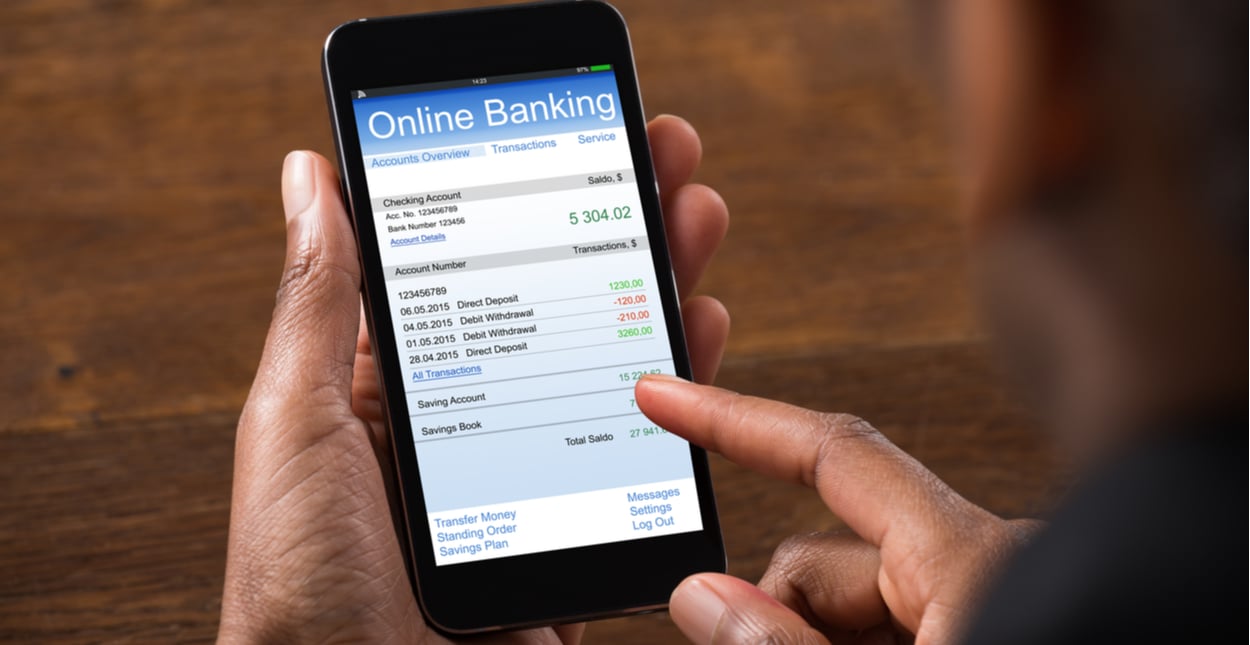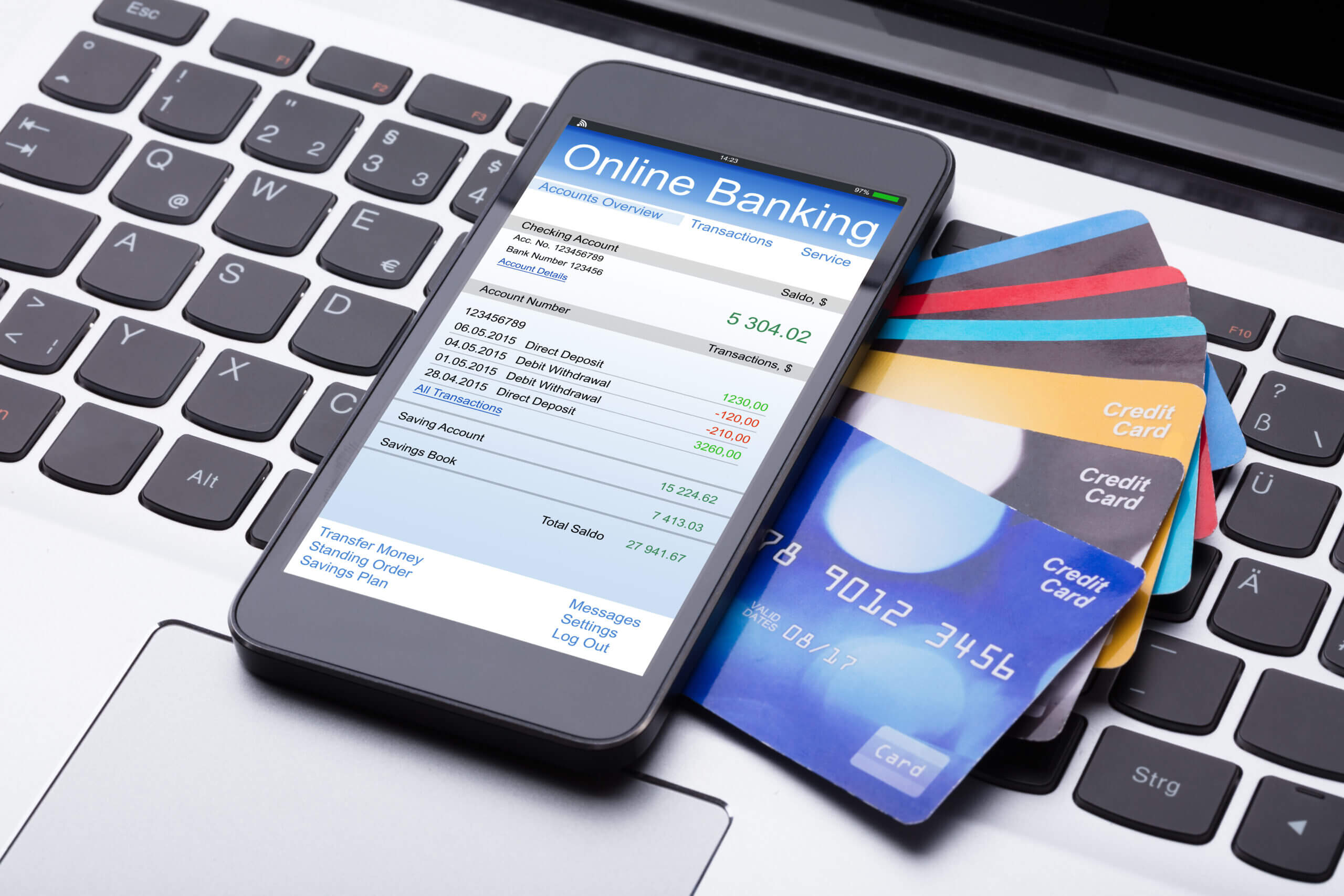In today’s digital world, managing money no longer requires standing in long lines or visiting a physical bank branch. With online banking, people can access most financial services from anywhere, at any time, simply by using a computer, laptop, or mobile device. Online banking has transformed how individuals and businesses handle daily transactions, offering convenience, flexibility, and greater control over personal finances.
This article explains how online banking works, what features it offers, its advantages and drawbacks, and how users can stay safe while managing their money online.
What Is Online Banking?
Online banking—sometimes called internet banking—refers to the use of a secure website or mobile application provided by a financial institution that allows customers to perform a wide range of financial transactions.
Through online banking platforms, users can check account balances, transfer money, pay bills, monitor transaction history, and even open new accounts without visiting a bank branch. The level of functionality depends on how advanced a bank’s digital platform is, but most institutions today offer comprehensive online services that cover both personal and business needs.
Essentially, online banking replaces many traditional, in-person banking activities with fast, electronic processes accessible around the clock.
How Online Banking Works
To use online banking, customers must first enroll through their bank or credit union’s website. Once registered, they can log in securely using a username, password, and, in many cases, additional authentication methods such as one-time codes or biometric verification.
Online banking is typically accessed via a web browser on a computer or laptop, while mobile banking is designed for use on smartphones and tablets through a dedicated app. Both platforms connect customers to their financial information through encrypted connections that keep data private and secure.
Before the internet, nearly every banking task—paying bills, transferring money, or checking balances—required a trip to the bank during business hours. Today, these same actions can be completed instantly from home or while traveling, making banking more accessible and efficient than ever before.
Common Features of Online Banking
Most online banking platforms provide tools and features designed to simplify personal finance management. While the exact features differ by institution, here are some of the most common options available:
Payments and Transfers
- Transfer funds between your own accounts
- Send money to others domestically or internationally
- Pay bills electronically or set up recurring payments
- Schedule future or automatic transfers
Account Management
- Check real-time account balances
- Review transaction history
- Download monthly statements
- Set up alerts for low balances or large transactions
Card and Security Controls
- Freeze or unfreeze debit cards if lost or stolen
- Request a replacement card
- Set travel notifications for card use abroad
- Enable account activity alerts via text or email
Savings and Budget Tools
- Open new checking or savings accounts
- Set personal savings goals
- Use built-in budgeting tools to track spending habits
- Monitor financial progress over time
Credit and Loan Management
- Make loan or credit card payments
- Check balances and payment history
- Access credit score information (if available)
Even though online banking covers most daily financial needs, there are still occasional situations where visiting a physical branch is necessary—such as obtaining a cashier’s check, depositing large amounts of cash, or handling complex transactions.
Advantages of Online Banking
Online banking offers several benefits that explain its growing popularity:
Convenience and Accessibility
Customers can manage their accounts 24/7 from anywhere with internet access. Whether paying bills, transferring funds, or reviewing statements, online banking saves time and simplifies routine tasks.
Real-Time Monitoring
Instant access to account information helps users stay informed and detect unusual activity early. Real-time notifications can alert customers about purchases, withdrawals, or low balances, promoting better financial awareness.
Speed and Efficiency
Electronic payments and transfers are typically faster than traditional methods like mailing checks or visiting a teller. Many internal transfers happen instantly, while external transfers and bill payments are processed within one or two business days.
Potential for Lower Fees
Online-only banks and digital platforms often have lower overhead costs than brick-and-mortar branches. As a result, they may offer reduced service fees or better interest rates for savings accounts, though this varies by institution.
Disadvantages of Online Banking
Despite its advantages, online banking also has certain limitations that users should consider:
Internet Dependence
Accessing your bank account requires a stable internet connection. In areas with poor connectivity or during outages, completing transactions may be delayed.
Limited Cash Handling
While online banking makes digital transactions easy, it cannot process physical cash deposits. Customers may still need to visit a branch or ATM for cash-related activities.
Security Risks
Although banks invest heavily in security, cyber threats such as phishing, hacking, or identity theft remain potential risks. It’s important to use strong, unique passwords and avoid logging into bank accounts on public or unsecured Wi-Fi networks.
Technology Challenges
Some individuals—especially those less comfortable with technology—may find online banking systems difficult to navigate at first. Fortunately, most banks offer tutorials or customer support to assist users.
Staying Safe with Online Banking
Online banking is generally secure when used responsibly. Here are some best practices to protect your personal and financial information:
- Use strong, unique passwords with a combination of letters, numbers, and symbols.
- Enable multi-factor authentication (MFA) for an extra layer of protection.
- Avoid public Wi-Fi for financial transactions; use private, password-protected networks.
- Monitor accounts regularly to detect unauthorized activity early.
- Log out after each session, especially on shared or public computers.
Banks also use encryption, automatic logout features, and fraud detection systems to safeguard customer data. Staying alert and following these steps can significantly reduce security risks.
Online Banking vs. Traditional Banking
Traditional banks still play an important role, especially for customers who prefer personal interaction or need in-person services such as cash deposits or financial consultations.
However, many people find that online banking complements their lifestyle better by offering convenience and control. Some individuals even maintain both types of accounts—using online banking for everyday transactions and keeping a local branch account for occasional needs.
Bottom Line
Online banking has changed the way people handle money. With the ability to perform nearly all banking tasks online, users can manage their finances faster, more efficiently, and with greater flexibility than ever before.
Whether you’re paying bills, transferring funds, or checking your balance, online banking gives you control over your financial life without the need to visit a branch. While it’s important to remain aware of security risks and the occasional limitations, the overall benefits make online banking a practical and reliable option for managing personal and business finances in the digital age.






